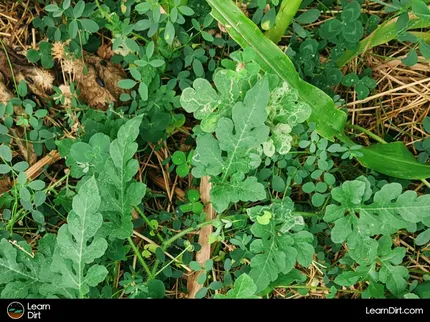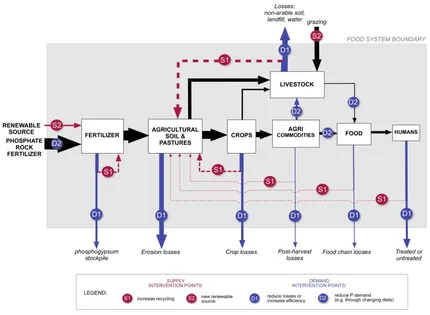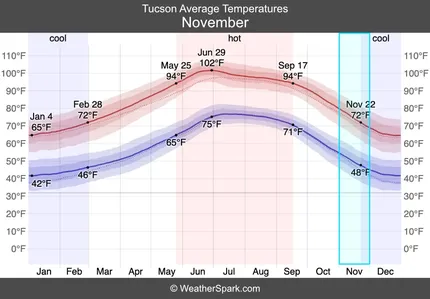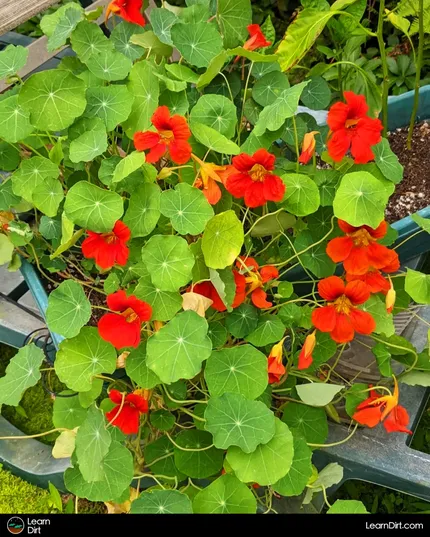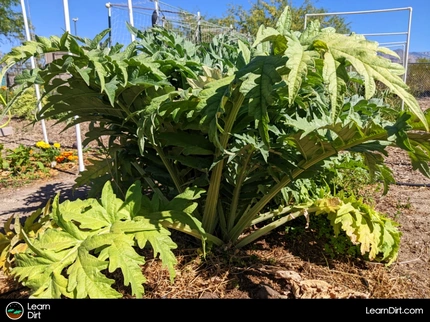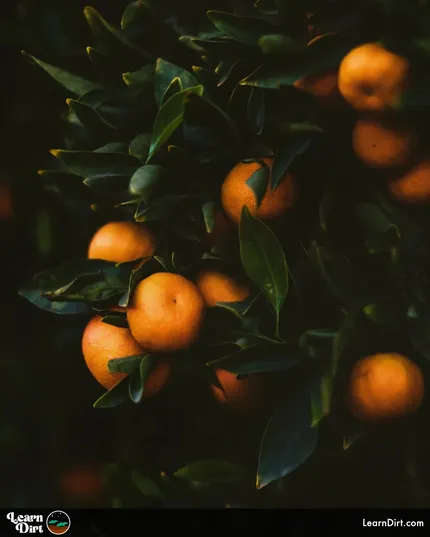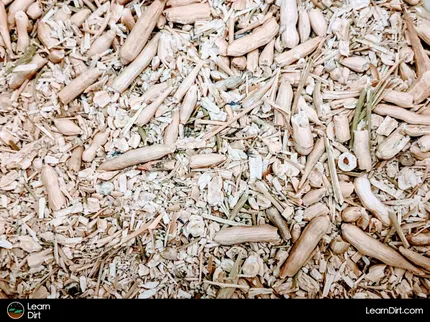Table of Contents
* Our articles never contain AI-generated slop *
Looking for instructions on how to sterilize soil? You found 'em! Let's talk about the whole process of renewing your soil for re-use...
Why Would I Sterilize My Soil?
You should sterilize any soil that you've used previously for seed-starting. This is because seed-starting conditions are extremely wet and allow fungus (such as the one that causes damping off) to thrive.
You should sterilize any soil that contained diseased plants.
Disclaimer: This post may contain affiliate links. Refer to the privacy policy for more information.
Consider sterilizing any soil that's contaminated, diseased, or infested with pests or pest eggs.
Additionally, sterilize any soil that's just super dang questionable, and you aren't sure if you trust it.
Sterilizing Soil
Let's take a look at some of the most common ways that are used to sterilize soil that's diseased for pest-ridden:
Sterilize Soil in the Oven
Stick it in the oven. NOT TOO HOT, though! Soil can release some downright NASTY fumes if you bake it at a high temp. Noxious, poisonous stuff that shouldn't be vaporized in your home. Seriously, heed this warning.
Do Not Bake Soil Above 200F (93.3C) Indoors!
Cool, now that's out of the way - put your soil in a pot or crock large enough to hold it, or spread it out on a baking sheet. You might want to keep a couple large baking sheets that you keep just for this purpose (separate from those you use for food). I like these jumbo ones that are the biggest you can fit in a standard oven, as they give you more surface area to spread your soil out onto.
Crank that oven up to 180F (82.2C) and bake the soil for at least 2 or 3 hours. Your house may smell a bit earthy, but nothing crazy.
Join The Grower's Community
A free & open space for anyone who is passionate about cultivation 🌱
Check It Out!
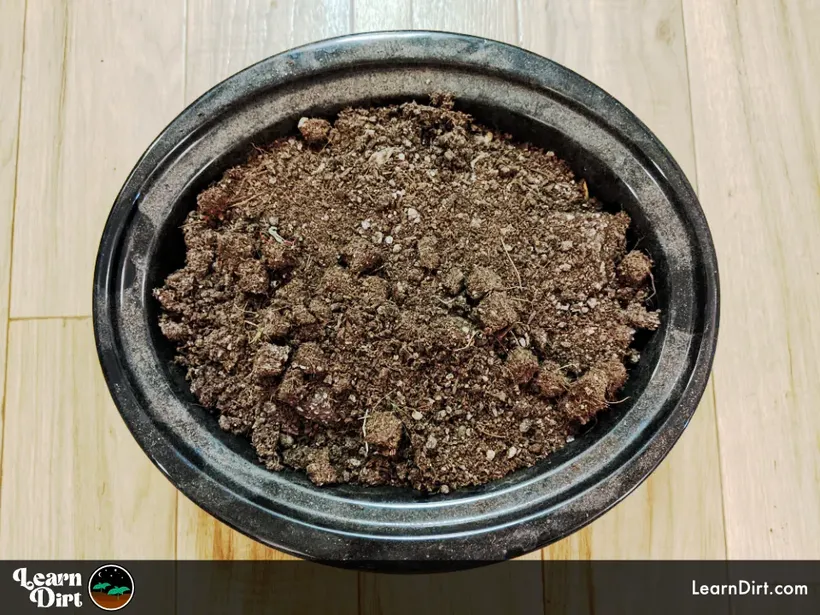
Let the soil cool thoroughly in the oven after it's done baking, and you can consider it to be sterile at this point. You've likely killed most or all of the fungus, bacteria, eggs, critters, mites, etc. in there.
Next, you'll want to reinoculate the soil to bring it back to life.
Sterilize Soil With Boiling Water
Another way to sterilize your soil is by pouring boiling water on it. This is a quick and easy way to sterilize it, however it's not as thorough as the baking method.
Solarization: Sterilize Dirt With Sun Power
If you got more soil to sterilize than you can fit in an oven, I've got just the solution for you.
Soil solarization involves covering your soil with a black or clear plastic and allowing the sun to heat-sterilize the soil underneath for 6 to 8 weeks.
Soil solarization times are highly climate dependent however, and you can solarize soil in a much quicker time in the desert Southwest then you can in a temperate forest.
Soil solarization times are highly season-dependent. You can solarize soil faster in the summer then you can in the winter (if you're not near the equator).
The most common method for soil solarization is tarping. This involves laying a tarp or piece of landscape fabric over the soil to be sterilized and leaving it for quite a few weeks.
I've also seen farms use some sort of giant black plastic bio-bag for soil solarization, though I'm not sure exactly how that process works.
Steam Sterilization
Using steam is similarly-effective to boiling water, and is often used on larger scales by farmers to sterilize a lot of soil.
Soil steaming comes in tons of different shapes and forms, from surface steamers, steam plates, steam injection, suction systems, manifold, low-pressure steamers, high-pressure steamers, and the list goes on and on.
At a home scale, you can probably get creative and come up with an easy way to steam your dirt using only the resources you have - but I'll leave that up to you and your ingenuity if you choose steaming over boiling water or baking.
Reinoculate Soil
Soil that has been baked is sterile. Sterile soil is not at all helpful for growing organically. It's essentially dead, and dead soil doesn't grow living plants in organic systems.
Why Should I Reinoculate Soil?
You'll need to re-inoculate your soil with microbes, beneficial bacteria & mycorrhizae, and good bugs to bring it back to life.
You should reinoculate your soil to bring it back to life if you sterilize it.
Reinoculating soil is an important step to prepare your soil for use again. Don't skip this step!
How To Reinoculate
The best way to inoculate sterilized soil is to add it to your compost bin. There, all the good bugs you've been feeding and growing will be able to colonize the sterilized soil and it will come back to life.
Remember here, the more sterilized soil you add to your compost, the longer it will take to become fully colonized. Try to add smaller amounts of sterilized soil, so inoculation happens fast.
If you don't have a compost bin, you can add beneficial microbes to your soil as an inoculation, and water them in. This will take longer than a compost bin, and you'll end up with less diversity in your soil biome, but it will do the trick in a pinch.
That's all for now, thanks for reading!
If you have any questions, comments, or would like to connect with fellow gardeners, head on over to the forum and post there.

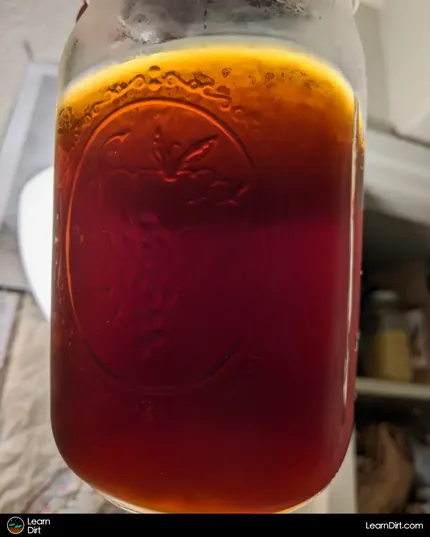
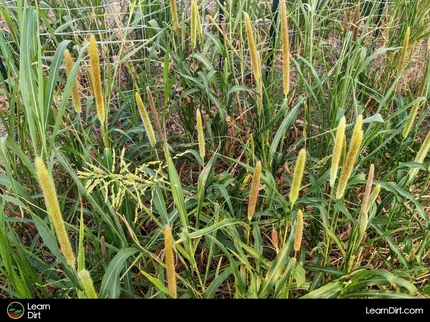
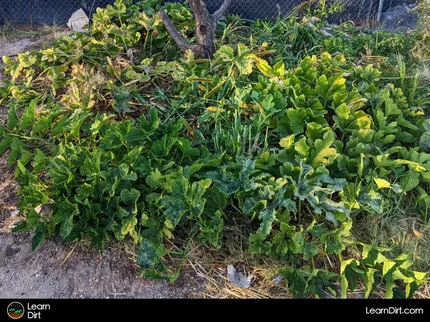

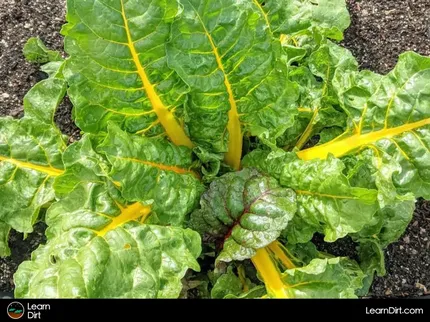
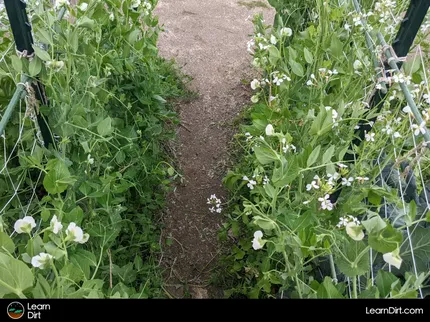
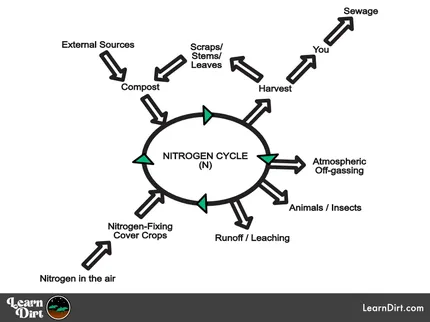
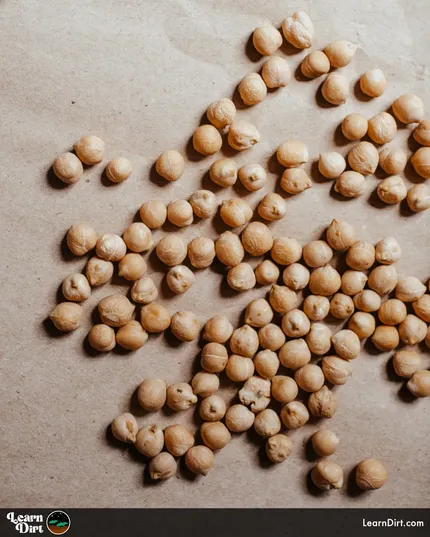
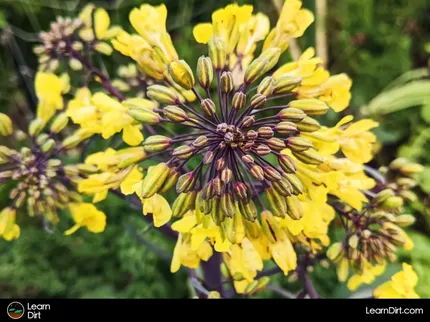
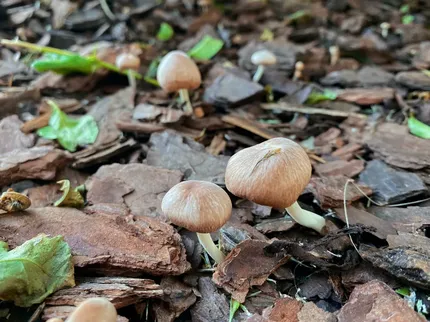
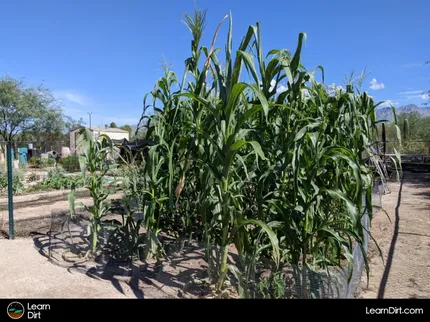



![Black Dirt Live Again [Green] T-shirt](/media/product_images/black-dirt-live-again-[green]_shirt_260x260.png)
